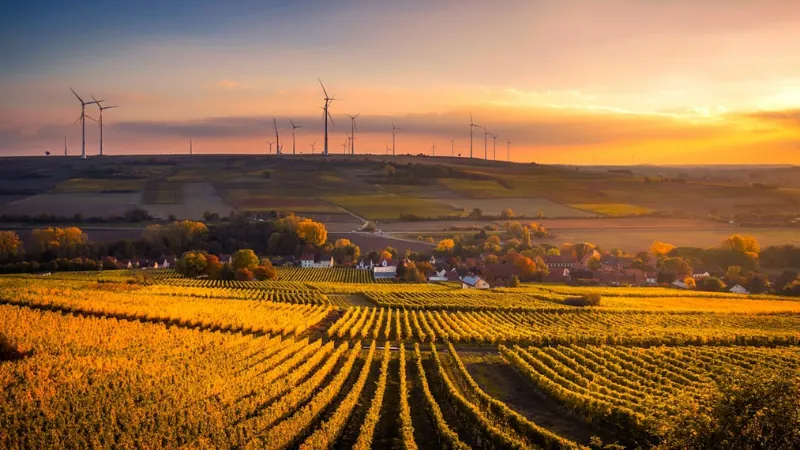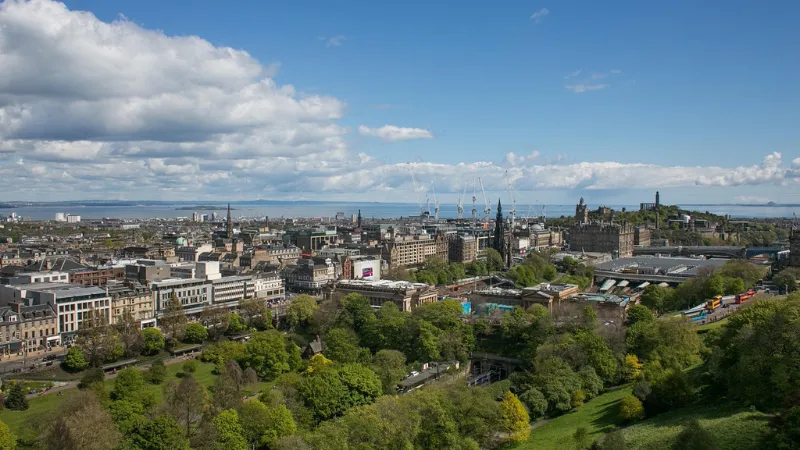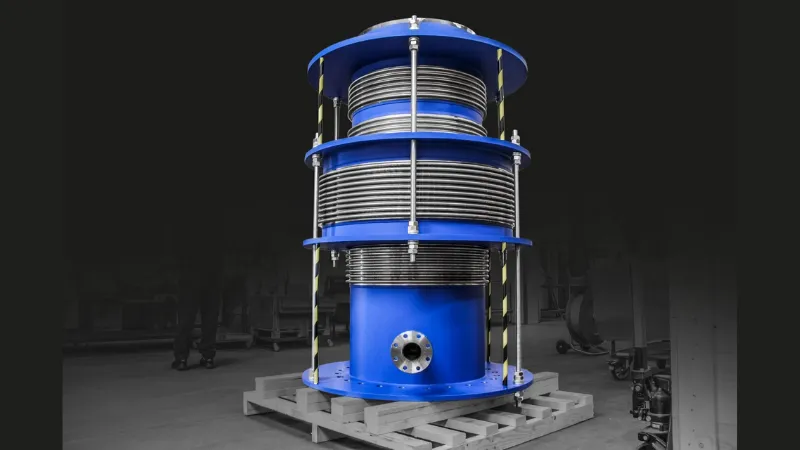The Economic Benefits of Focused Job Creation in Urban and Rural Areas
Oct 13, 2025 | By Team SR

We often hear politicians and community leaders talk about creating jobs as if it's a single, monolithic goal. But the how and where of job creation are just as important as the if. Scattershot efforts can yield scattered results. However, when we shift to a strategy of focused job creation, tailoring economic development to the unique strengths and needs of specific geographies, we unlock a powerful engine for sustainable, widespread prosperity.
This isn't about pitting urban centers against rural towns. It’s about recognizing that these areas have different assets, different challenges, and, consequently, require different game plans. By getting strategic, we can build resilient local economies that don't just create a handful of jobs but create a virtuous cycle of investment, innovation, and community well-being.
The urban powerhouse
Urban areas are natural hubs of economic activity. Their density, diverse talent pools, and established infrastructure make them ideal for certain kinds of focused growth.
Strategic focus areas for cities:
- Tech and innovation hubs: Doubling down on becoming a center for biotechnology, fintech, or software development.
- Creative industries and arts districts: Intentionally developing zones for designers, artists, filmmakers, and marketers.
- Advanced business services: Attracting headquarters for finance, legal, and consulting firms that thrive on networking.
The primary benefit of urban job focus is the agglomeration effect. This is a term for the magic that happens when businesses and talented people cluster together. Ideas spread faster, partnerships form more easily, and the entire ecosystem becomes more innovative and productive than the sum of its parts.
But the real economic magic, often overlooked, happens downstream. When a city successfully attracts a major tech company, for example, the impact radiates far beyond the company's own payroll.
The ripple effect of a new urban tech hub (employing 500 people):
| Job type | Description | Example roles |
| Direct jobs | The core jobs are created by the company itself. | Software engineers, data scientists, marketing managers |
| Indirect jobs | Jobs created in the local supply chain supporting the core company. | IT support firms, office supply stores, commercial cleaning services, legal consultants… |
| Induced jobs | Jobs are created when employees spend their wages in the local economy. | Restaurant staff, gym trainers, childcare providers, retail associates |
This ripple effect is profound. For every direct job in a high-tech industry, several more are supported in the local community. This is why understanding indirect and induced job creation is so critical for city planners. It justifies investments in public transit, affordable housing, and vibrant public spaces, because these amenities not only attract the primary employers but also support the vast secondary economy they spawn.
The rural reinvention
For decades, the narrative around rural economies has been one of decline. Focused job creation flips this script by identifying and investing in the inherent advantages of rural areas.
Strategic focus areas for rural communities:
- Value-added agriculture and food processing: Moving beyond raw commodities to artisanal cheeses, craft breweries, or organic snack manufacturing.
- Remote work and digital hubs: Investing in high-speed broadband to attract telecommuters and distributed teams.
- Eco-tourism and outdoor recreation: Capitalizing on natural beauty through guided tours, lodging, and gear rentals.
- Niche manufacturing: Specializing in custom, small-batch, or advanced products that benefit from lower operating costs.
The economic benefit here is not about density, but about specialization and sustainability. A rural town that becomes known as the nation's best source for a specific craft product or a premier destination for bird watching builds a durable economic identity. This focus stops the brain drain by creating compelling, well-paid careers that allow younger generations to stay and thrive.

How do urban and rural growth fuel each other?
The most powerful outcome of focused job creation is that urban and rural prosperity are not a zero-sum game. They are deeply interconnected. A thriving rural economy doesn't just benefit its immediate residents; it provides immense value to urban centers, and vice versa.
- Urban demand for rural products: The gourmet food scene in a city creates a market for artisanal products from rural areas. The urban tech company plans a retreat at a rural eco-lodge.
- Rural supply for urban innovation: Timber from rural forests supplies urban construction projects. Renewable energy from rural wind or solar farms powers urban data centers.
- Quality of life balance: A strong rural economy offers an alternative for those seeking a different pace of life, reducing pressure on overcrowded urban housing markets. Conversely, vibrant cities offer cultural and educational opportunities that benefit residents from surrounding rural regions.
When both types of economies are healthy and focused, they create a resilient regional economy capable of weathering national economic downturns.
Policies for focused growth
Knowing the ‘why’ is useless without the ‘how.’ Implementing a strategy of focused job creation requires intentionality from both the public and private sectors.
For urban policymakers:
- Zone for innovation: Create specific districts with relaxed regulations and tax incentives for target industries.
- Invest in connective tissue: Prioritize public transit, bike lanes, and pedestrian-friendly spaces to facilitate the agglomeration effect.
For rural policymakers:
- Bridge the digital divide: Treat high-speed broadband as essential 21st-century infrastructure, not a luxury. This is the foundation for remote work and digital businesses.
- Support local entrepreneurs: Often, the best ideas come from within. Provide microloans, business coaching, and networking opportunities for homegrown talent.
- Protect and promote natural assets: Invest in parks, trails, and conservation to make the area attractive for tourism and for the people who live there.
For businesses and investors:
- Look beyond the usual metropolitan suspects for expansion. The lower cost of living and high quality of life in focused rural communities can be a powerful tool for attracting and retaining talent.
- Engage with the local ecosystem. Partner with local suppliers and community colleges to build a robust, homegrown talent pipeline.
The path to a healthier national economy isn't a single highway leading to a handful of megacities. It’s a mosaic, made up of thriving urban neighborhoods and resilient rural communities, each playing to its unique strengths. The cornerstone of this approach is to achieve a balance between indirect and induced job creation. It’s the recognition that a job is never just a job; it's a source of income that flows through a community, supporting other businesses, stabilizing families, and funding public services.
By moving beyond generic job creation rhetoric and embracing a focused, place-based strategy, we can build an economy that is not only wealthier but also more diverse, more resilient, and ultimately, more human. It’s about creating places where people don’t just work, but where they can build a life.


 Follow us
Follow us Follow us
Follow us













